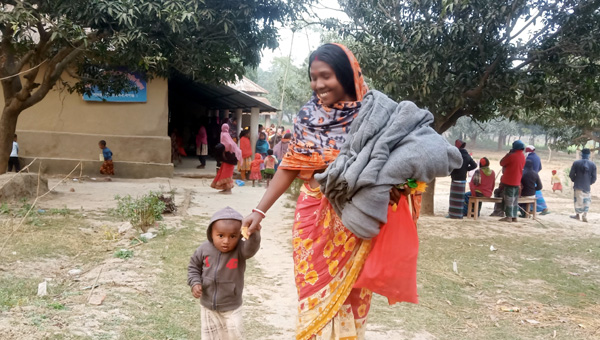
NAGR Disaster Relief Program
Mission: To provide timely and effective support to communities in the working areas during disasters.
Scope: Assistance during natural disasters such as floods, storms, and other seasonal challenges.
Objective
To provide immediate aid to affected communities
To reduce the impact of disasters on lives, homes, and livelihoods
To assist in the rehabilitation and rebuilding of affected areas
Types of Disasters Addressed
Floods
Storms
Heavy Rains
Droughts
Earthquakes and Other Emergencies
Key Areas of Support
Provision of Food and Water
Emergency food supplies during floods and storms
Distribution of safe drinking water to affected communities
Shelter and Housing Repairs
Temporary shelters for displaced families
Providing materials and labor to repair damaged homes during rainy seasons and storms
Medical Assistance
Setting up temporary medical camps
Providing first aid kits and medicines for disaster-related injuries
Clothing and Basic Necessities
Distribution of clothes, bedding, and essential items like toiletries
Psychosocial Support
Offering counseling and support to help communities cope with the trauma of disaster
Rehabilitation and Reconstruction
Long-term support in rebuilding homes and infrastructure after major disasters
Restoring access to essential services (e.g., water, electricity, transportation)
Response Mechanism
Emergency Response Teams: On-ground disaster response teams trained to act quickly and effectively
Coordination with Local Authorities: Collaborating with government agencies and NGOs to ensure resources reach the affected areas
Resource Mobilization: Rapid mobilization of funds, food, medical supplies, and volunteers
Awareness Campaigns: Promoting preparedness and safety measures to reduce future disaster impact
Volunteer Involvement
Encouraging local and international volunteers to assist in disaster relief efforts
Providing training on emergency response protocols
Organizing volunteer programs for rehabilitation and reconstruction
Funding and Partnerships
Sources of funding for the disaster relief program (e.g., donations, partnerships with other organizations)
Collaboration with other humanitarian organizations, corporate partners, and local governments to strengthen the response efforts
Monitoring and Evaluation
Assessing the effectiveness of disaster relief efforts
Gathering feedback from affected communities to improve future interventions
Regular reporting on the progress of relief activities
NAGR’s commitment to ensuring timely, effective, and sustainable relief for communities in need
Call to action for donations, volunteers, and partnerships to support ongoing disaster relief efforts